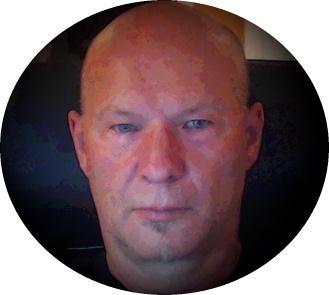Longevity researchers would tell you that aging itself is a disease that we can understand and treat, cancer and heart disease and dementia only its symptoms. They would tell you that the first person to live until 150 has already been born. In a way this sounds preposterous, the dream of biotech billionaires, fueled by denial and fear of death and the illusion of control. But on the other hand, there is real science here. So I let myself imagine. Maybe he will make it to that high school graduation after all.
Simply being able to entertain this reality, and even more so thinking that it is in any way within our control, is a privilege — as was the choice to start a family after my 40th birthday. The wealthiest among us live on average nearly 10 disability-free years longer than the poorest. As the data behind anti-aging science become more robust and actionable, this difference is likely to grow even more profound.
In the hospital, we see this firsthand. I recently cared for a 50-year-old longtime smoker and drinker on dialysis who collapsed in his bathtub at home and waited there for a day or more before someone heard him calling for help. As we stood outside his room in the hospital, his nurse and I took note of his age — just a few years younger than the nurse, not even 10 years older than me. “An old 50,” his nurse commented, shorthand to describe a body punished by illness, by decades of chronic stress, by factors that are within and outside our control.
If you could measure my patient’s physiological rather than chronological age, what would you find? We talk about measuring frailty — weakness and fatigue and decreased physiological resiliency. This is most likely more meaningful than chronological age when it comes to making medical decisions about what interventions a patient can withstand, but the metric is murky and without a gold standard.
On the forefront of longevity science, there are companies that offer a simpler answer. Prick your finger and send off a few drops of blood, and in return you will receive a report that offers its own estimate of your genetic age, based on impurities in your DNA and the length of your telomeres — the protection at the end of our DNA that shortens and frays over time. Perhaps this value is meaningful, but it is not entirely clear that having a younger genetic than chronological age confers a longer or better life.
But it might. And so there’s a part of me that’s tempted to send off my own blood, but I am not sure I want the information that I would receive in return. Perhaps it would worry me; perhaps it would offer me false reassurance. Either way, as I make the rounds of my patients in the intensive care unit and feel the occasional stirrings of the growing baby within me, I am aware that even if we can slow the clock, there is never enough time.
A few months ago, I found myself in a panic about a mole on my back, convinced that I had developed melanoma. This is not an implausible fear — we see stories begin this way all the time in the intensive care unit. I could imagine the patient presentation: a 41-year-old woman with no significant past medical history, six months pregnant when she was diagnosed with metastatic melanoma. I scheduled myself an urgent appointment with a dermatologist, who took one look at my back and announced that I had no reason to worry. These were simple “age spots.” For a moment I was taken aback. “Age spots? But I’m ——”
This content was originally published here.





















